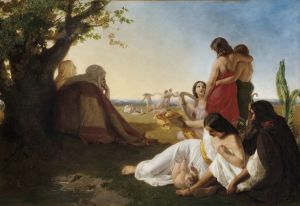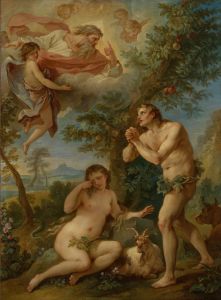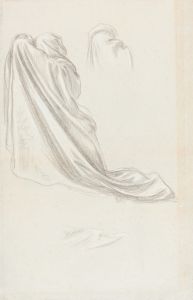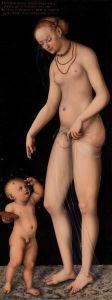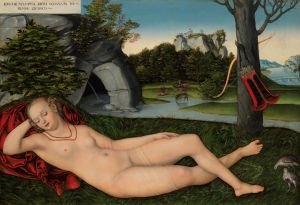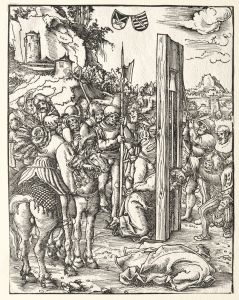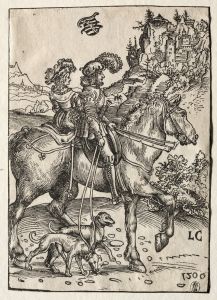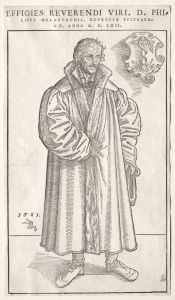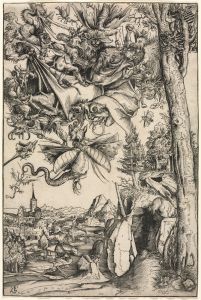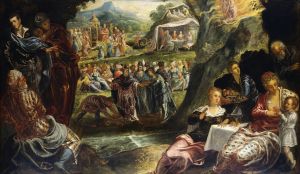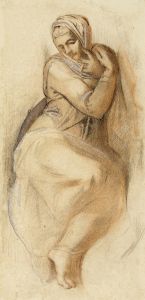
Damnation and Redemption
A hand-painted replica of Lucas Cranach the Elder’s masterpiece Damnation and Redemption, meticulously crafted by professional artists to capture the true essence of the original. Each piece is created with museum-quality canvas and rare mineral pigments, carefully painted by experienced artists with delicate brushstrokes and rich, layered colors to perfectly recreate the texture of the original artwork. Unlike machine-printed reproductions, this hand-painted version brings the painting to life, infused with the artist’s emotions and skill in every stroke. Whether for personal collection or home decoration, it instantly elevates the artistic atmosphere of any space.
Lucas Cranach the Elder, a prominent German Renaissance artist, created the painting Damnation and Redemption (also known as Law and Grace) as part of his contributions to the Protestant Reformation. This artwork is widely regarded as a visual representation of Martin Luther's theological teachings, particularly the dichotomy between the Law of the Old Testament and the Grace of the New Testament. Cranach, a close associate of Luther, used his artistic talents to convey complex religious ideas in an accessible and didactic manner.
The painting is divided into two distinct halves, each illustrating contrasting theological concepts. On the left side, the theme of "Damnation" is depicted. This section emphasizes the consequences of sin and the inability of humanity to achieve salvation through works or adherence to the Law alone. A central figure, often interpreted as a sinner, is shown being driven into hell by demons, while Moses stands nearby holding the tablets of the Ten Commandments. The imagery underscores the idea that the Law reveals human sinfulness but cannot provide redemption.
On the right side, the theme of "Redemption" is presented. This section highlights the grace and mercy offered through faith in Christ. The central figure is shown turning toward the crucified Christ, whose sacrifice is depicted as the source of salvation. The imagery includes symbols of divine grace, such as the Lamb of God and the resurrection, emphasizing the Protestant belief in justification by faith alone.
Cranach's use of a clear and symmetrical composition allows viewers to compare and contrast the two theological concepts. The painting serves as a visual tool for teaching Protestant doctrine, making it accessible to a wider audience, including those who were illiterate. This approach reflects the broader Reformation effort to communicate religious ideas through art, literature, and other media.
The exact date of the painting's creation is not definitively known, but it is believed to have been produced during the 1520s or 1530s, a period when Cranach was actively involved in creating works that supported the Reformation. Multiple versions of Damnation and Redemption exist, as Cranach and his workshop often produced variations of his most popular compositions. These versions were widely distributed, further spreading the theological messages of the Reformation.
Today, Damnation and Redemption is considered an important example of Reformation art and a testament to the collaboration between Cranach and Martin Luther. The painting is housed in various collections, with notable versions held in museums such as the Lutherhaus in Wittenberg, Germany.






